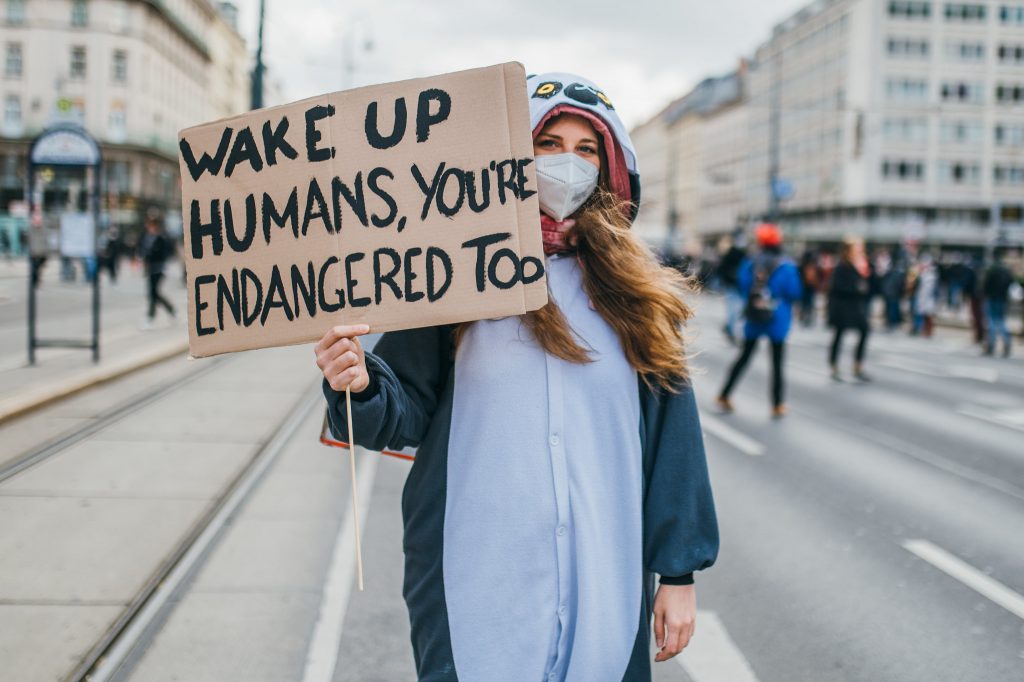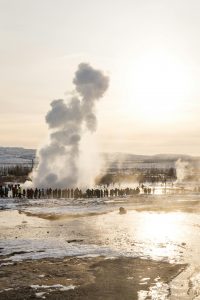By Kevin Henning
for the “Progressive Views” column, Boerne Star, January 14, 2023

Another year has passed with little progress being made in the United States to address critical environmental issues like climate change. Unfortunately, Climate Change is real and sticking our head in the sand does nothing to help. Human activities, such as the burning of fossil fuels and the conversion of land from forests to agriculture, have played a major role. These activities add enormous amounts of greenhouse gases to those naturally occurring in the atmosphere, increasing the greenhouse effect and global warming. According to NASA, global average sea level has risen about 4 inches since 1993 and recent rates have been unprecedented. NASA also reports that October’s global average atmospheric carbon dioxide (CO₂) was about 419 parts per million. This is a roughly 50% increase since 1750. We are observing the increased intensity of temperature extremes, droughts, flooding and storms.
According to Houston Chronicle columnist Chris Tomlinson, 75% of the nation believes that human activity is changing the climate and 42% think that Climate Change is the most important problem facing the world.
We must implement a plan to wean ourselves from fossil fuels and shift the planet to energy provided by the sun, wind, and other energy sources like nuclear and geothermal. Perhaps carbon dioxide capture or fusion technology will become realities, but they have yet been proven to be viable. Business and government should implement market-based solutions to attack the problem. We must invest in research to expand the search for innovative solutions.
Prior to the formation of the Environmental Protection Agency (EPA) and the environmental movement of the 1970’s, our nation was in horrible shape. Rivers were polluted with industrial and sanitation waste. The air in our major cities was orange from auto exhaust. Lead from leaded gasoline was entering the bodies of our children. We tackled those problems and now it is time to tackle climate change. Getting back in Paris Climate Accords and implementing regulations that improve motor fuel mileage standards and limit hydrocarbon pollution are helping, but without a commitment to real change the future is bleak.
We must get to a renewable energy future as soon as possible but also need to do more with less. Conservation is all about intelligent use of energy, not doing without. Conserving energy saves money, helps the environment and improves health and safety. Also, fossil fuels are not renewable, and they will be used up someday. It just makes good sense to start conserving now.
The US uses more energy per capita than any other country in the world. We can do better. Americans make up only about 4% of the world’s population and yet consume nearly 16% of its energy. We use four times more energy per capita than China, seventeen times what India uses and two times that of England, Germany and Japan.
We can conserve by switching to high-mileage vehicles, hybrids, and electric cars. We can install better insulation in our homes and convert to home solar panels; these installations actually have a payout. We can recycle, which conserves resources and reduces the size of our landfills. We can unplug electronics when not in use, buy energy efficient appliances, and use programable thermostats and energy efficient light bulbs. Planting trees to reduce your home’s exposure to the summer sun can cut your summer electricity bill by up to 40%. Raising your thermostat in the summer and lowering it in winter could reduce energy costs about 7%.
Besides the positive impact on the environment, there are many other reasons to be energy efficient. Less money spent on energy leaves more money for other pursuits. We become less dependent on what happens beyond our shores. Innovation and manufacturing are accelerated which means more jobs. Boom and bust cycles that the extractive industries suffer are reduced.
So where does the nation stand. According to the U. S. Energy Information Agency, in 2021, 12% of our energy came from renewables, 36% oil, 32% natural gas, 11% coal and 8% nuclear.
We have a long way to go, and unfortunately, vested interests continue to stifle efforts to convert from fossil fuels.
Renewable energy and other clean energy sources are cost competitive, and coupled with robust conservation efforts, we can transition away from fossil fuels if politics will just allow the transition. In future articles I will discuss how we can make the transition while preserving the livelihoods of our dedicated energy workforce. Coming up next will be a review of the possible impact of geothermal energy, an often overlooked but significant potential energy source.
To find out more about how to get involved with the Kendall County Democratic Party, visit www.kcdems.us or call our office at 830-331-1243.
Kevin Henning is a local Democrat.
Ready to get involved?
Learn more about upcoming opportunities to take action online and/or in our own community.



